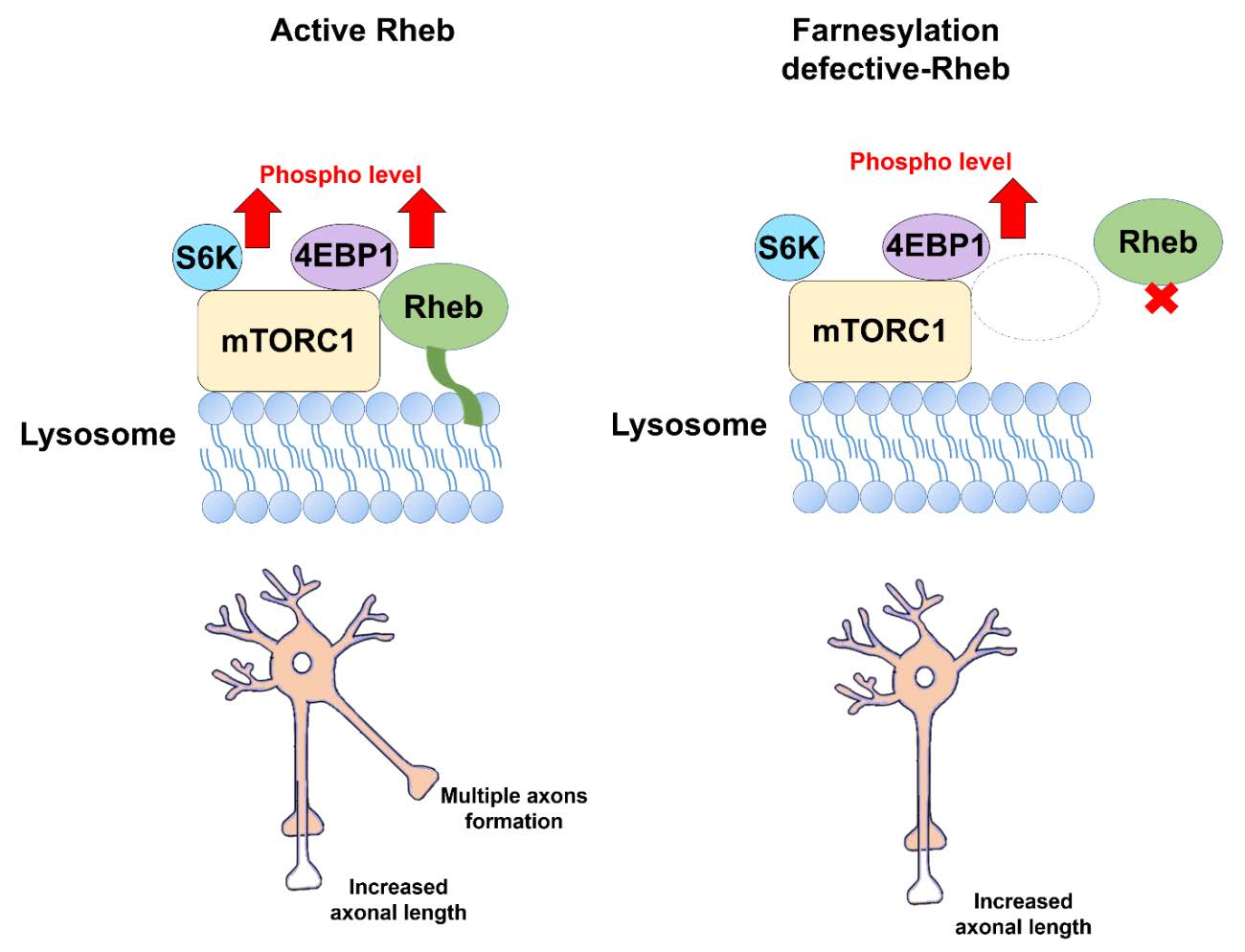Articles
Article Tools
Stats or Metrics
Article
Short Communication
Exp Neurobiol 2019; 28(2): 172-182
Published online April 19, 2019
https://doi.org/10.5607/en.2019.28.2.172
© The Korean Society for Brain and Neural Sciences
Farnesylation-defective Rheb Increases Axonal Length Independently of mTORC1 Activity in Embryonic Primary Neurons
Seunghyuk Choi1, Ali Sadra1, Jieun Kang1, Jae Ryun Ryu2, June Hoan Kim2, Woong Sun2*, and Sung-Oh Huh1*
1Department of Pharmacology, College of Medicine, Institute of Natural Medicine, Hallym University, Chuncheon 24252, Korea.
2Department of Anatomy, Korea University College of Medicine, Brain Korea 21 Plus, Seoul 02841, Korea.
Correspondence to: *To whom correspondence should be addressed.
Sung-Oh Huh, TEL: 82-33-248-2615, FAX: 82-33-248-2612
e-mail: s0huh@hallym.ac.kr
Woong Sun, TEL: 82-2-2286-1404, FAX: 82-2-929-5696
e-mail: woongsun@korea.ac.kr
Abstract
Rheb (Ras homolog enriched in the brain) is a small GTPase protein that plays an important role in cell signaling for development of the neocortex through modulation of mTORC1 (mammalian-target-of-rapamycin-complex-1) activity. mTORC1 is known to control various biological processes including axonal growth in forming complexes at the lysosomal membrane compartment. As such, anchoring of Rheb on the lysosomal membrane via the farnesylation of Rheb at its cysteine residue (C180) is required for its promotion of mTOR activity. To test the significance of Rheb farnesylation, we overexpressed a farnesylation mutant form of Rheb, Rheb C180S, in primary rat hippocampal neurons and also in mouse embryonic neurons using
Graphical Abstract

Keywords: Axons, mTOR protein, Rheb protein, Protein farnesylation


